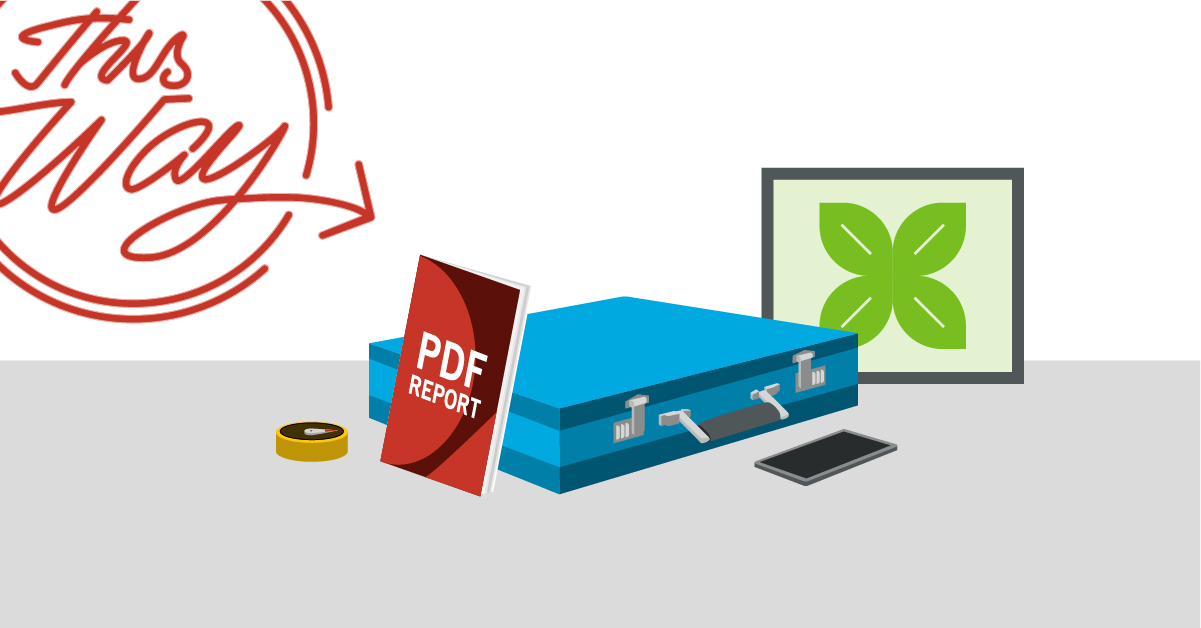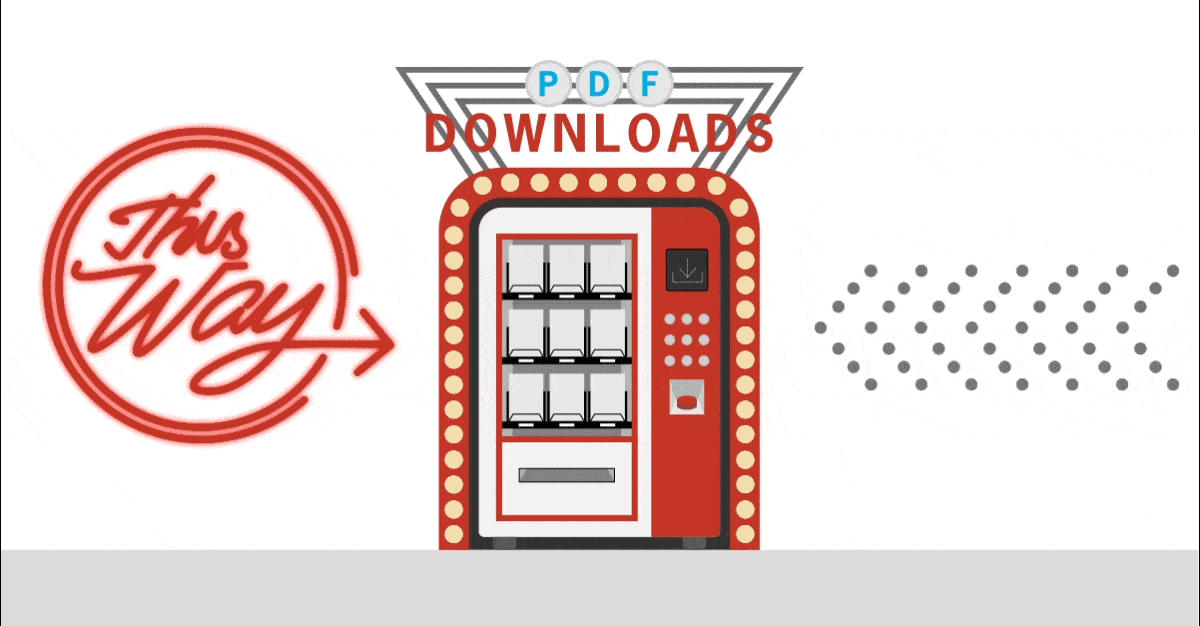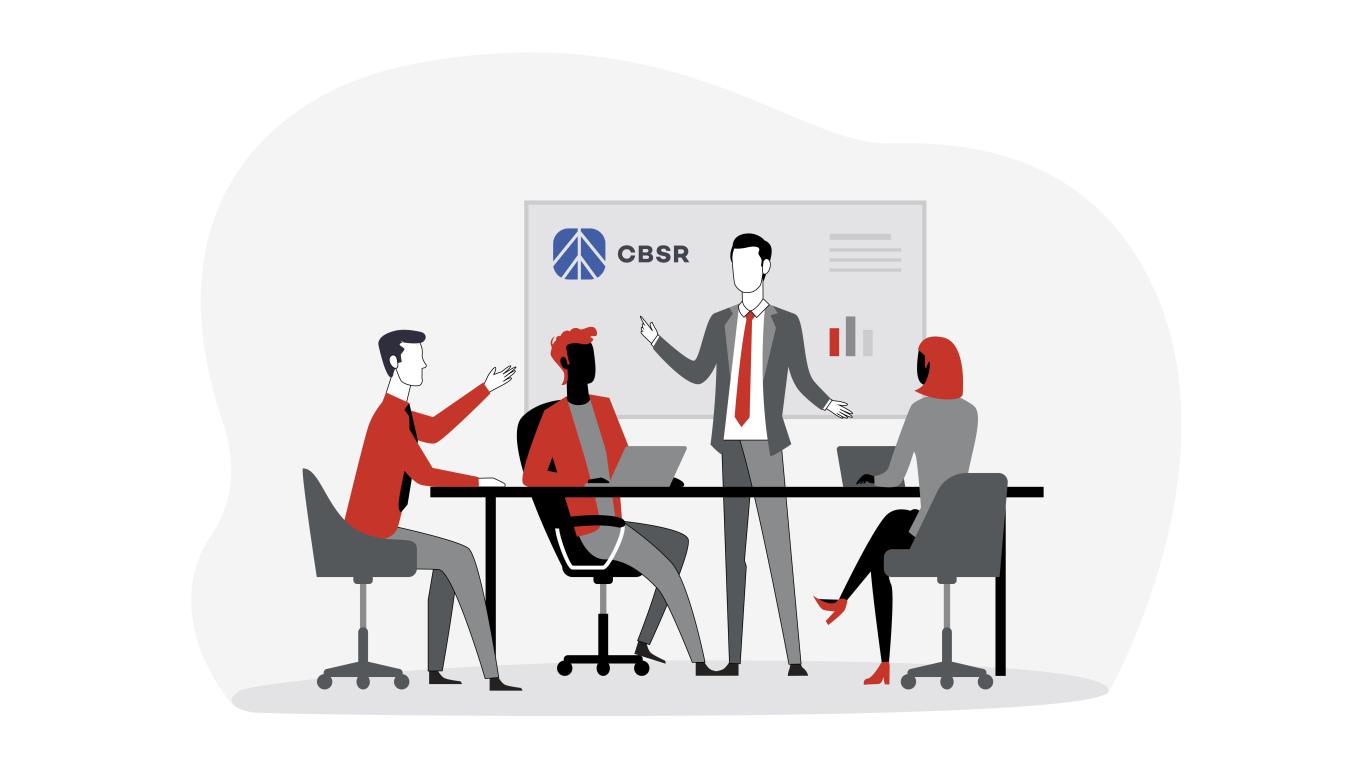Best Practice Website Design: Investor Relations Edition

It’s important to have a strong grasp of the best way to present your Investor Relations story online. Not only will it be easier for your audience to navigate through information, it will also ensure that investors get a good sense of your value proposition and the business you are in. These tips are tried and tested best practices for connecting with investors online.
It Starts with a Great Investor Relations Landing Page
It’s likely that good SEO will take investors directly to the top page in your Investor Relations silo. Users that search “Acme Inc. Annual Report” or “ABC Company Investor Deck” will likely bypass your home page altogether. For this reason, it’s important to consider the primary page of your Investor Relations silo as a home page in its own right. Assume that it may be the only thing a visitor ever sees – particularly if you link to it directly in press releases, on social media or in other correspondence. You need to reiterate your corporate strategy and investment proposition in a bold, clear way. Include key corporate messages: vision or mission statements, and clearly articulate how you create value for shareholders and potential investors. Provide links to leadership, management and director bios, as well as other information that helps stakeholders make critical decisions. You want your audience to get a good sense of who you are and your work – and find it all within one page, so they don’t have to sift through a large site to find what they’re looking for.

SEO may take many investors directly to the top page in your Investor Relations silo. So your IR landing page should function like a home page in its own right. Don’t leave your audience guessing – make it very clear what you’d like them to do next.
Dashboards Make It Easy
Investor Relations website design is trending towards modular, grid-based layouts. This makes it simple to highlight the most recent version of any key report or document. This “dashboard” style makes the widest variety of documents and reports available to users at-a-glance. There is no longer a need to navigate to several different pages to get a full picture of performance. Some sites allow users to filter available documents by type, reporting year and other factors. This creates confidence and builds trust: users know they are seeing the entire performance story and a full history of disclosure. These tools typically use an API that pulls documents from a database integrated into the website CMS. This makes it easy for organizations to update investor presentations, news releases, webcasts and more. Designs like these are also extensible – they display well on a variety of different devices and screen sizes.

Long lists of PDFs aren’t the way to go. The newest Investor Relations websites have dashboards that allow users to filter and sort your archive of reports, presentations and disclosures to find exactly what they need.
Meeting Analyst Needs
Effective and enjoyable online experiences are always the goal. However, one format that works for one set of audiences may not necessarily work for a different audience group. We must be realistic: analysts prefer to work with PDF documents saved to a local hard drive. This is because PDFs, particularly annual reports and corporate responsibility reports, permit more comprehensive keyword searches and annotations – and can be integrated into a variety of digital analysis tools. They are also finite in scope: the user understands where disclosure begins and ends. To support the analyst audience, your corporate website should guide users to PDF downloads of key documents in as few clicks as possible. And because financial services companies increasingly rely on artificial intelligence and web scraping to automate report gathering, Investor Relations websites should utilize logical and consistent URL (and file naming) strategies. Otherwise, important reporting and metrics will be missed by analysts.

The location of your annual reports and ESG data tables needs to be obvious to both humans and bots. Ratings agencies deploy a combination of both to find your disclosures. They need your reports to have logical filenames and to live in a single location – one that doesn’t change year over year.
More Insights from Experts
You don’t have to take our word for it – for more insights into what makes for great, analyst friendly disclosure, check out our interviews with Michael Jantzi of Sustainalytics and NEI’s Bob Walker. And be sure to download The Works’ Sustainability Reporting Trends and Best Practices to learn more about innovations in corporate reporting.
Interested in an audit of your corporate website? Drop us a line – we’d be happy to take a look.




